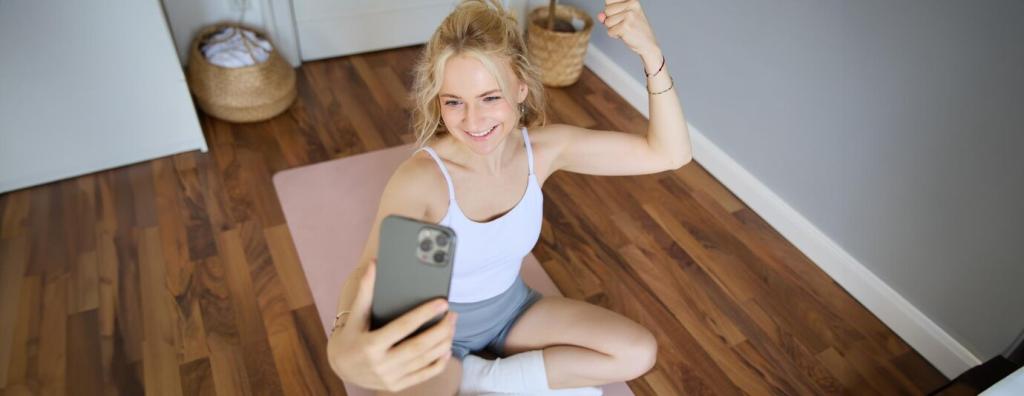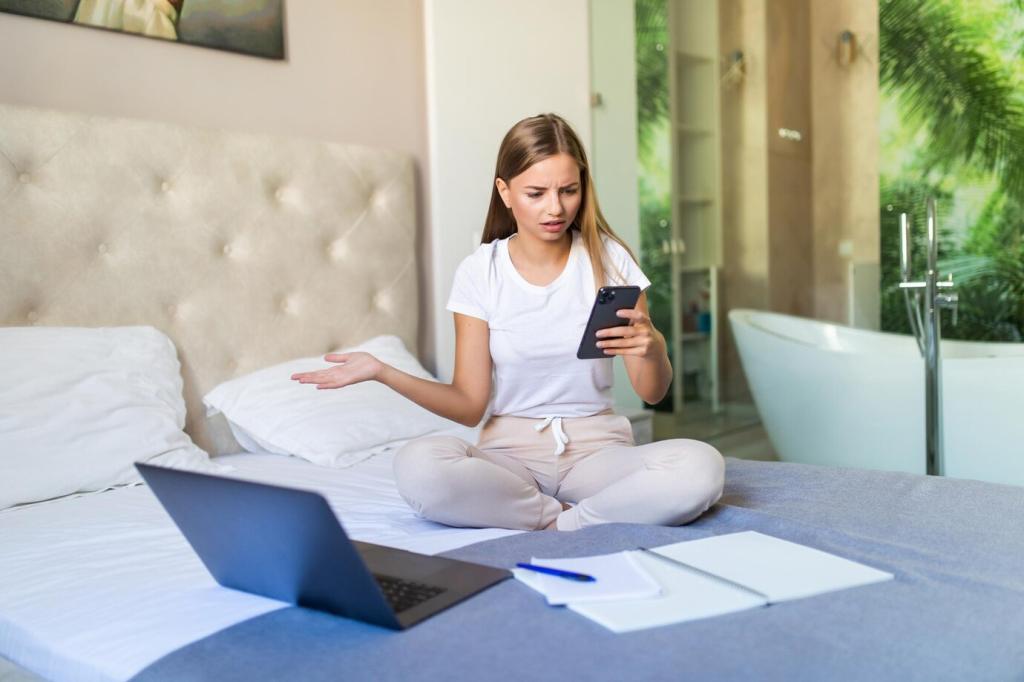Measure, Celebrate, and Iterate
Track focus hours, unread email tolerance, bedtime consistency, walks taken, or pages read—whatever supports your why. Numbers should illuminate, not shame. Which single metric will you watch this week? Comment with it so we can cheer you on.
Measure, Celebrate, and Iterate
On Fridays, review your journal and note patterns. Which boundaries held, and where did context overwhelm intentions? Adjust environments before blaming willpower. Post a one‑sentence lesson learned to help our community refine their plans alongside you.







